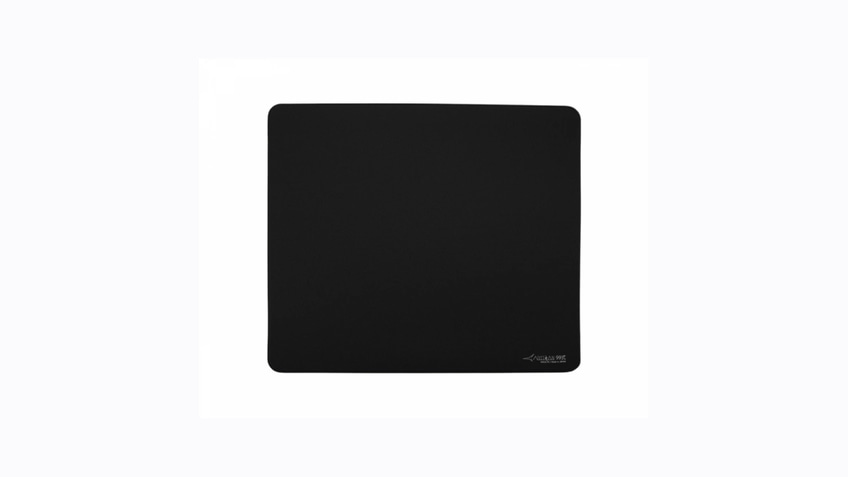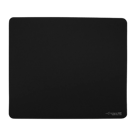Introduction
Anyone who has been paying attention to the mousepad scene will know that Artisan is on the rise. Today, the exclusive Japanese brand can definitely be considered part of the mainstream. This is great news for consumers, as this has undoubtedly pushed other brands to up their mousepad game. But that doesn’t mean that the people at Artisan are resting on their laurels. Today, we’re taking a look at one of their newer offerings. In our full Artisan Type-99 review, you’ll read everything you need to know about the brand’s slowest mousepad.
At A Glance
Artisan Type-99
Used by 38 players ()The Type-99 is super slow, and every move you make on the pad will feel deliberate and like it has weight to it. To me, this is basically the ultimate ‘mud pad’. And I say that lovingly since I really enjoy slow and controlling pads.
Pros
- Smooth surface for such a controlling pad
- Comes flat-packed
- Great finishing and overall quality
- Available in multiple hardness levels
Cons
- Extremely slow glide is an acquired taste
- Dust and hairs need to be wiped off a bit more frequently than on some other control pads
Specs
| Height | 49cm |
|---|---|
| Length | 42cm |
| Thickness | 4mm |
| Stitched edges | Yes |
| Material | Cloth |
| Glide | Control |
| Static Friction | 49.65 |
| Static Friction Angle | 9.56 |
| Glide Difference X/Y | 10.3 |
| Dynamic Friction | 4.42 |
First Impressions
Artisan’s Type-99 is currently available in three colors: Black, Grey, and Matcha. We’ve all seen grey and black mousepads, but the matcha color is something very different. Personally, I feel like they really nailed the color on this one. It probably won’t fit in very many setups, but the dark-green pad has something soothing and relaxing to it. It’s also very unique. I’m a fan.
As far as the overall design goes, there’s not much to remark. The entire pad is one single color, with the Artisan logo and the mousepad name situated in the lower right corner. This actually doesn’t interfere with mouse skates when gliding over it, which is a plus.
Important to note when buying Artisan pads is that they come in three different hardness configurations. There’s MID, SOFT, and XSOFT. In terms of foam consistency, MID is probably the closest to a ‘standard mainstream’ mousepad, but I’ll talk more about the foam further down in the review.
Another bonus with Artisan pads is that they arrive flat-packed. This means that they lay completely flat straight out of the box. In my experience, the Type-99 can be rolled as well, though you should (as with any pad) be careful not to roll it too tightly. Additionally, always try to store it flat if you can.
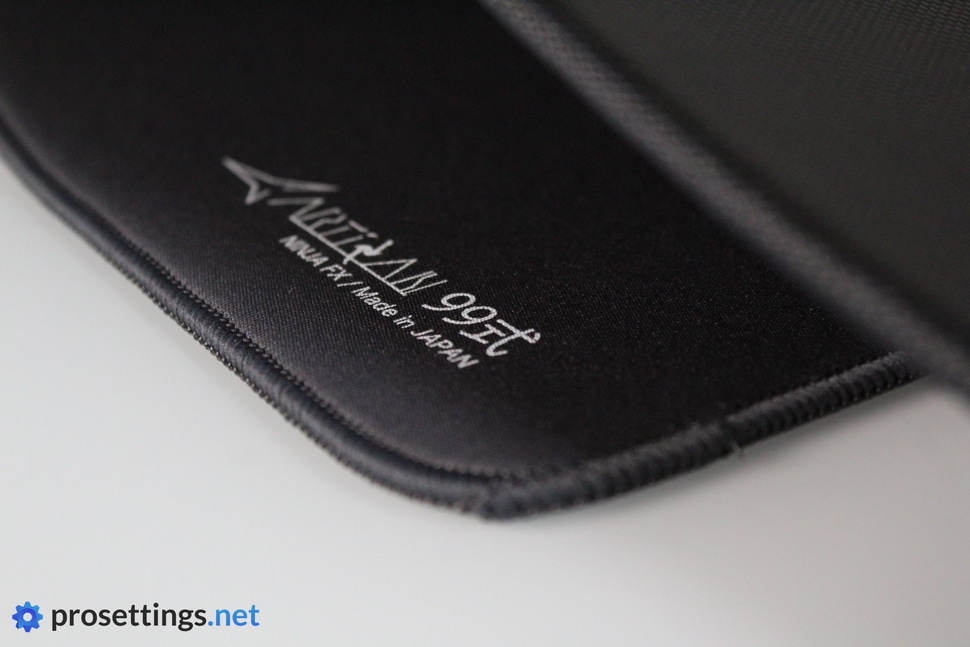
Finish and Overall Quality
Artisan pads are lauded for their fantastic quality. Given that this is my first experience with Artisan pads (I have used them briefly before, but never for official reviews), I made sure to really zoom in on the finish, and I have to parrot what everyone else in the industry is saying. These are top-tier pads.
There is a small stitching error on my Matcha pad, but luckily that’s in a spot where my arm will never be.
Aside from this, all Artisan pads that I got in for review look and feel great. The surface is very consistent, the stitching is fantastic and basically cannot be felt when playing, and the foam and base show no inconsistencies.
Something else that I appreciated is the ‘first 24 hours experience’. Thanks to the flat-packing, there was no need to dig out a pile of books to get the edges to settle. Additionally, there were no pungent smells coming from the pad after unboxing it. Once you get this pad delivered, it’s good to go immediately.
With all of that said: are the Artisan pads uniquely well-finished? Personally, I wouldn’t go that far. They are at the top of the pyramid when it comes to their overall quality and finish, and they would’ve been far ahead of the pack just a couple of years ago. But these days, there are quite a few offerings in the same price bracket than can offer the same level of quality that Artisan gives you.
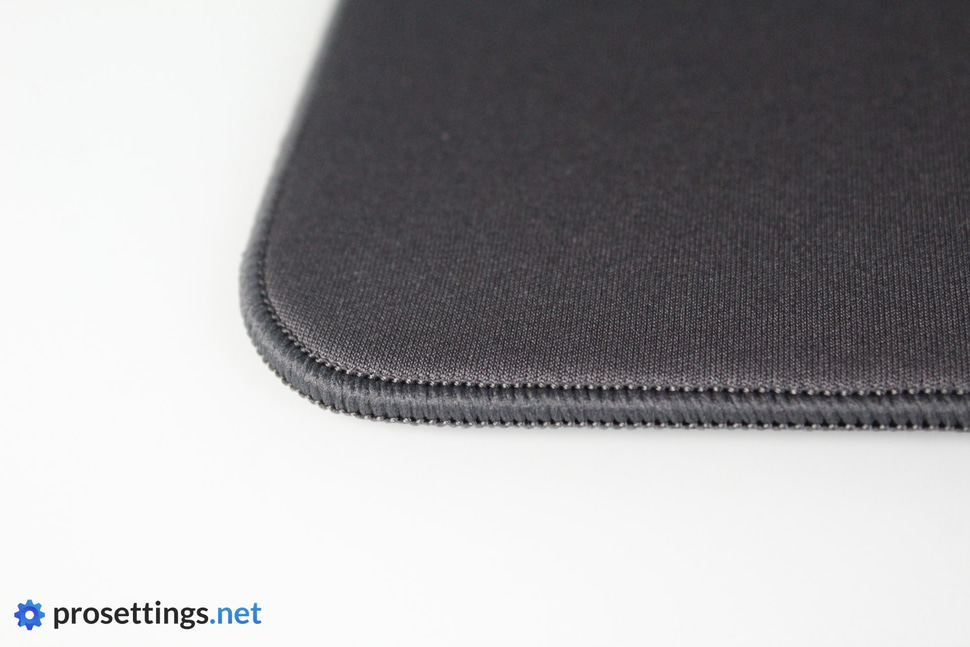
Performance
Glide
Artisan describes the Type-99 as a ‘low speed model for low sensitivity with maximum stopping performance by minimizing slippage.’ After putting the Type-99 to the test, I can say that they’re putting it mildly.
The Type-99 is probably the slowest pad I’ve tried so far. The XSOFT version has the highest static and dynamic friction of all mousepads that we’ve tested since we launched our new testing methods. This makes it a very, very slow pad.
This is also evident in actual gaming scenarios. Moving your mouse requires effort, regardless of how light your mouse or grip is.
Something that’s noticeable to me is that the glide is extremely consistent. Sometimes, with control pads, there can be a mismatch between the different types of friction. Fast and far flicks can feel very different from smaller flicks, which can in turn feel different from small aiming movements. That’s not to say that those pads are objectively bad (this comes down to personal preference) but it can make certain control pads difficult to use for people who aren’t used to them.
Here, I feel like the overall glide sensation is the same everywhere. It’s slow and deliberate, no matter what you’re doing. Micro-corrections, large flicks, small flicks: everything feels very controlled and consistent. I think this might be due to the surface being relatively smooth for such a slow pad. This smoothness also helps with the comfort, which is a plus.
The tight and consistent surface weave also makes tracking a bit easier than it is on some other control pads. Obviously, it’s not an ideal pad for tracking-heavy games due to how slow and controlling it is, but tracking felt noticeably better for me here than it does on some other ‘mud pads’.
As someone who primarily plays tactical shooters and other flick-heavy games and is into slow surfaces, I love the Type-99 and the type of glide that it offers.
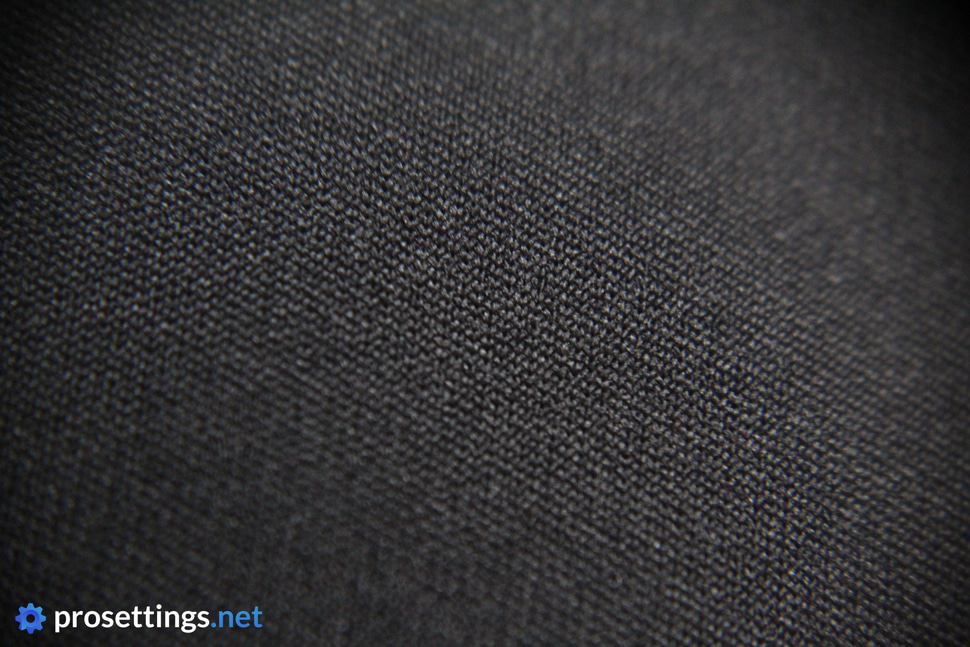
Base and Softness
Artisan pads can be bought with different foam hardness levels. Generally speaking, the softer the foam, the more controlling a pad will be. That’s also true here. The XSOFT version is slower than the SOFT, both in lab testing as well as in gameplay. If you don’t tend to put a ton of pressure on your mouse, the difference can be subtle, however.
It should be noted that the XSOFT version is indeed that: extra soft. It’s one of the softer foams out there. It’s very easy to press your finger to the point where you feel the table top, for example. The SOFT version is more in line with other soft pads on the market and will require a bit more pressure if you want to fully ‘push trough’ it.
The MID, then, is most similar to mainstream pads that don’t emphasize soft foams. It’ll also offer the most consistency, as mouse feet don’t sink into the surface as much. As such, if you value consistency, you should get the MID version. I personally like being able to vary the sensitivity of a pad by applying more (or less) pressure to my mouse, so I prefer the SOFT and XSOFT versions.
The PORON base that Artisan famously uses for their mousepads does a perfect job at keeping the pad in place. It’s not quite as adhesive-like as some other PORON pads out there, but I had absolutely no slippage issues during my testing. Place this pad down, and it will remain in place.
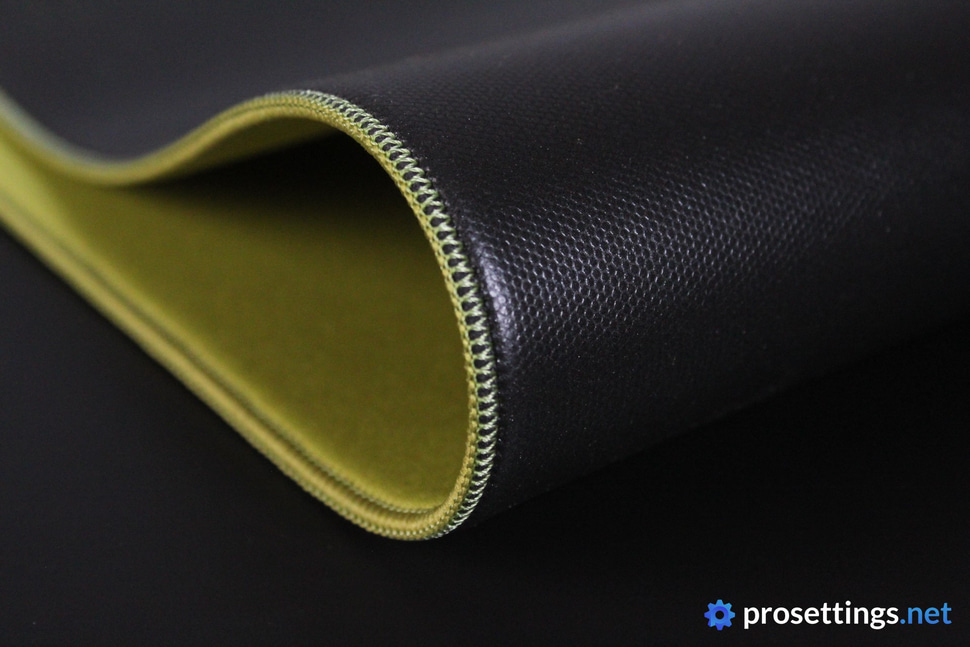
Everyday Usage
Using the Artisan Type-99 has been a pleasure. It’s comfy, looks great, and performs really consistently when gaming. In addition to all of this, it also handles humidity very nicely. Even after multiple hours of intense and sweaty gaming sessions, I can’t say that I noticed any very obviously slowed-down spots. The pad also feels the same as it did when it arrived, which gives it more consistency points.
I also took the pad to other locations to game with and rolled it up into a heavy cardboard tube. It unrolled just fine when I got to those other locations, and there’s no creasing or bending anywhere. I should stress that I don’t advocate rolling pads very tightly or leaving them rolled for too long, but the Type-99 should quite easily survive a journey to a LAN tournament or what have you. There’s no need to baby this pad.
Finally, I should also say that the Type-99 does a decent job at staying clean. If you’re worried that it attracts dust and hairs like the Artisan Zero infamously does: don’t be. Sure, you have to wipe it clean every so often since things do get stuck in the surface sometimes, but cleaning sessions aren’t frequently required from my experience.
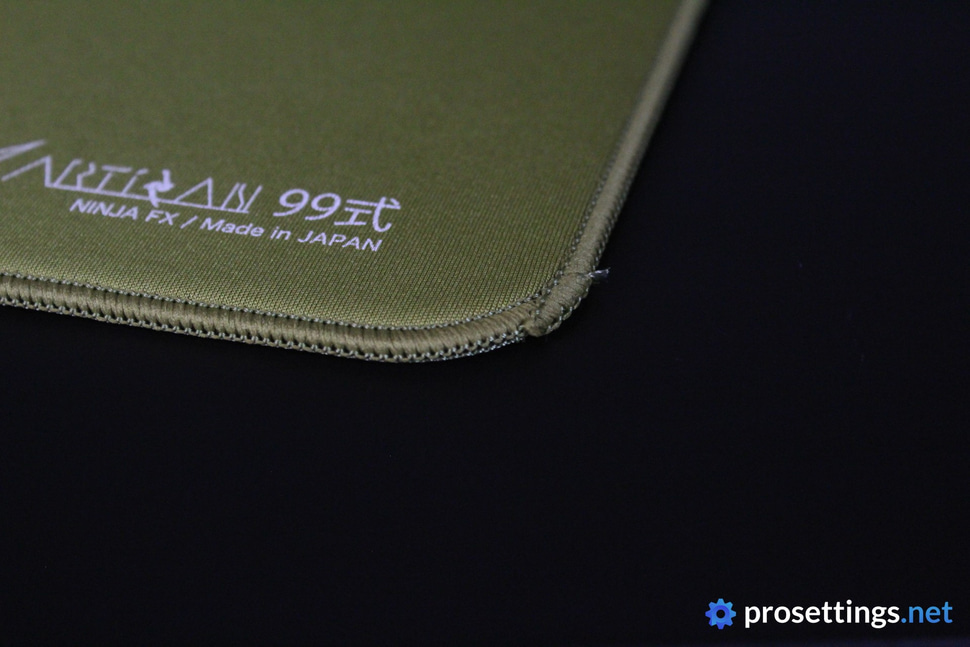
Alternatives
The Artisan Type-99 is the slowest pad that’s currently in our database, so there aren’t very many pads that will offer a similar experience. I’ll briefly go over some of the ‘usual suspects’ to give you some more insights, however. If you’re curious about other pads, feel free to reach out in the comments.
Artisan Type-99 vs Artisan Zero
The Artisan Zero often gets presented as a control pad, but in reality it’s more of a medium pad that trends towards control. In any case: the Artisan Zero is a lot faster than the Type-99 and, as such, feels completely different when using it.
Artisan Type-99 vs ZOWIE G-TR
ZOWIE’s latest soft-foamed G-TR can be compared to the Type-99 in some ways. Its static friction is similar to what the Type-99 offers, but the dynamic friction is a lot lower. This makes it a pad that feels a bit faster in practice. The foam is about as soft as the XSOFT Type-99, so if you want a similar experience with a dynamic friction that lets you ‘off the hook’ a bit more, the ZOWIE G-TR can be considered.
See our ZOWIE G-TR review
Artisan Type-99 vs ZOWIE G-SR (III)
The ZOWIE G-SR III is essentially the same as the G-TR, with the only difference being the foam that’s harder on the G-SR III. As such, the G-SR feels faster than both the G-TR and the Type-99. If you’re looking for a similar alternative to the Type-99 MID, the G-SR can be considered as it’s a popular ‘mud pad’, but it has a higher dynamic friction than the Type-99 and a slightly higher static friction. As such, I would consider the ZOWIE G-TR to be a more apt alternative to the Type-99.
See our ZOWIE G-SR III review
Artisan Type-99 vs Lethal Gaming Gear Saturn Pro
In terms of static friction, the Saturn Pro offers a similar-ish experience, only a bit faster. The dynamic friction of the Saturn Pro is higher though, which makes it a mousepad that feels faster in practice. I wouldn’t consider this a true alternative to the Type-99, but since it’s a popular control-focused pad I thought I’d include it.
See our Lethal Gaming Gear Saturn Pro review
Conclusion
The Artisan Type-99 is a fantastic control pad. It’s finished to a high standard, has a decently smooth surface for such a controlling pad, and it has a reliable and consistent base that stays put at all times.
It’s also a very niche pad, though. The Type-99 is extremely slow, making every movement feel deliberate and weighted. To me, this is basically the ultimate ‘mud pad’. And I say that lovingly since I really enjoy slow and controlling pads.
In any case: this is definitely not it for people who want even a little bit of speed and/or slickness. It’s also not a pad I would recommend to people who are just getting started in their mousepad journey.
If you, however, are looking for a very consistent pad that will rein you in no matter what you’re doing and you find the ‘usual suspects’ such as the Saturn Pros and G-SRs of this world to still be too fast, this is one you should definitely check out. As a very controlling pad, this is one of the best pads out there right now.
This product was received for free from the manufacturer and given to our reviewer to test and review. Brands and manufacturers have no editorial control over our reviews. For more information, check out our review FAQ.


